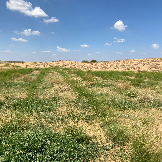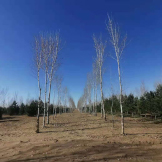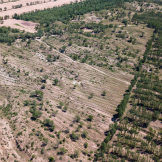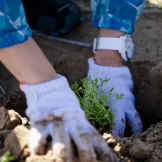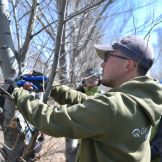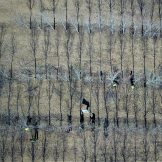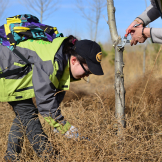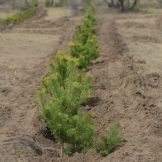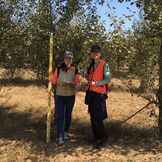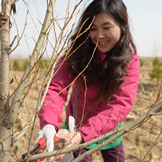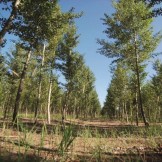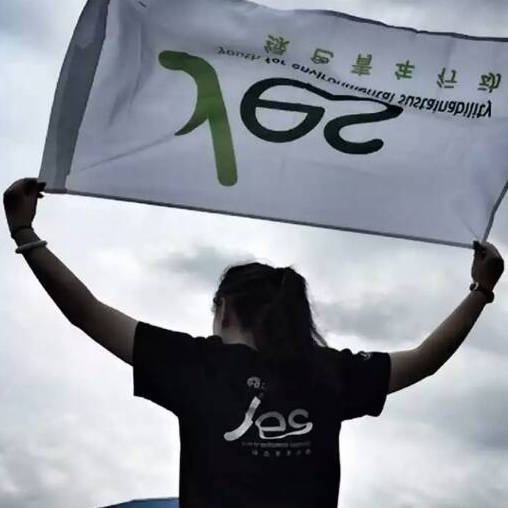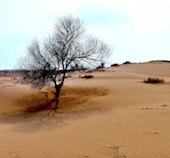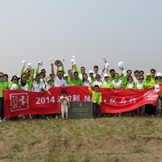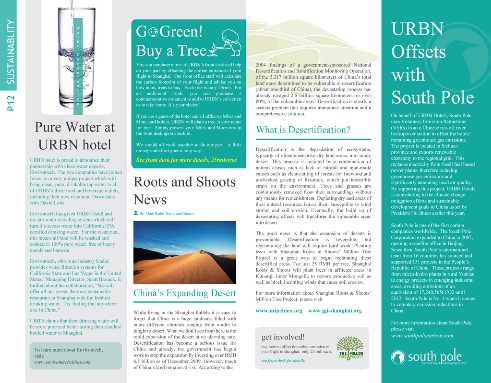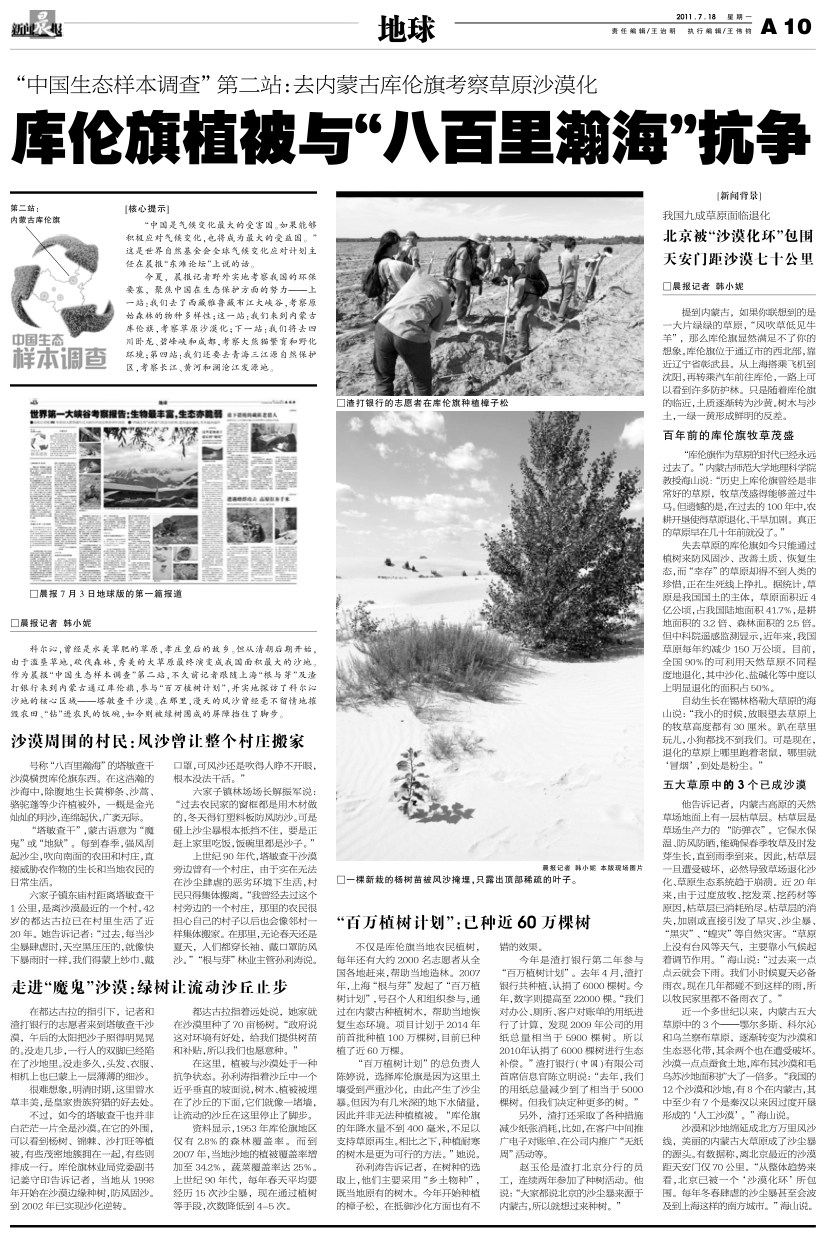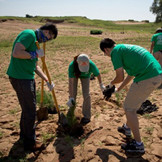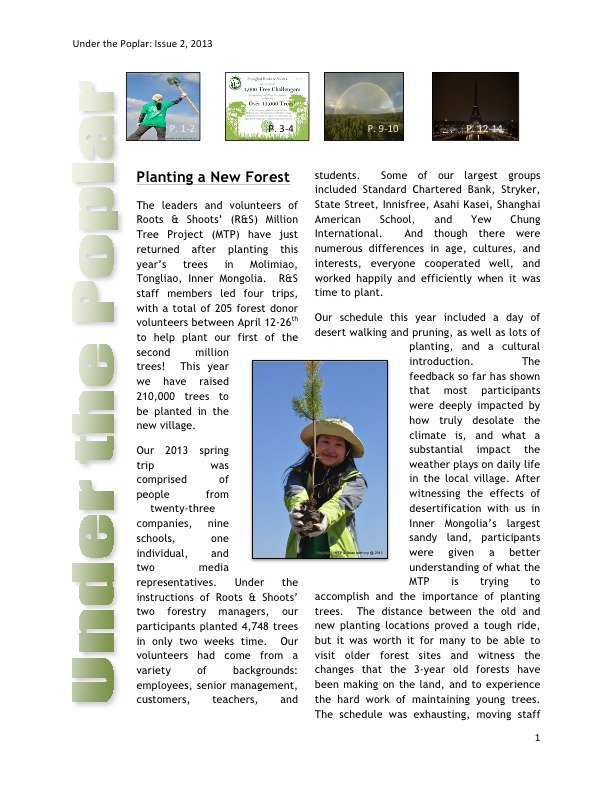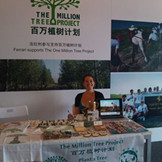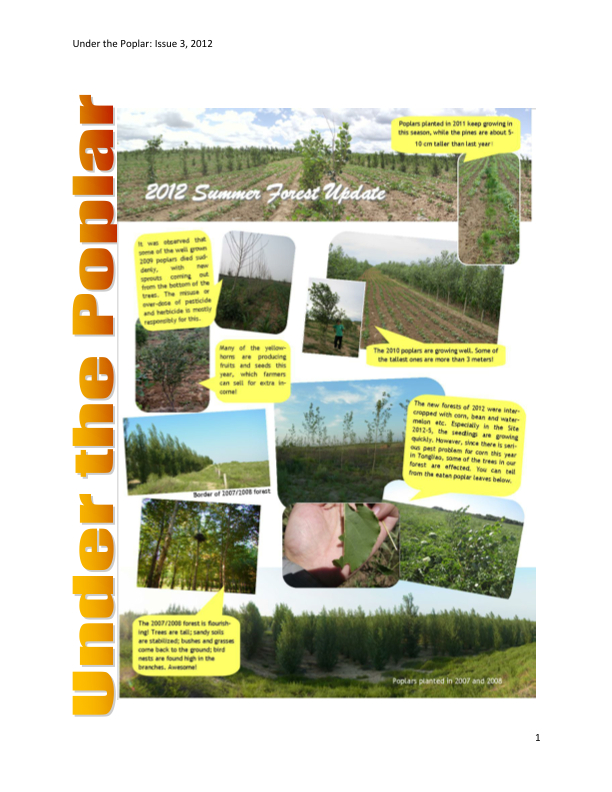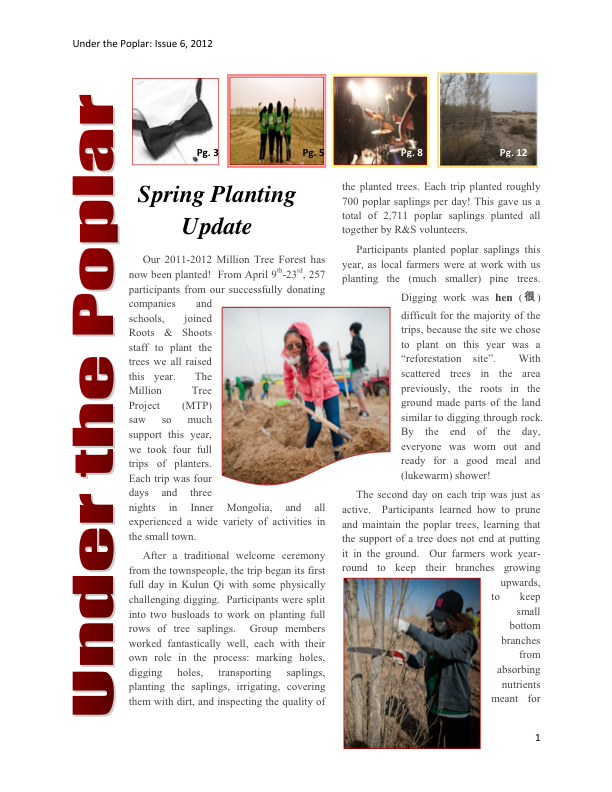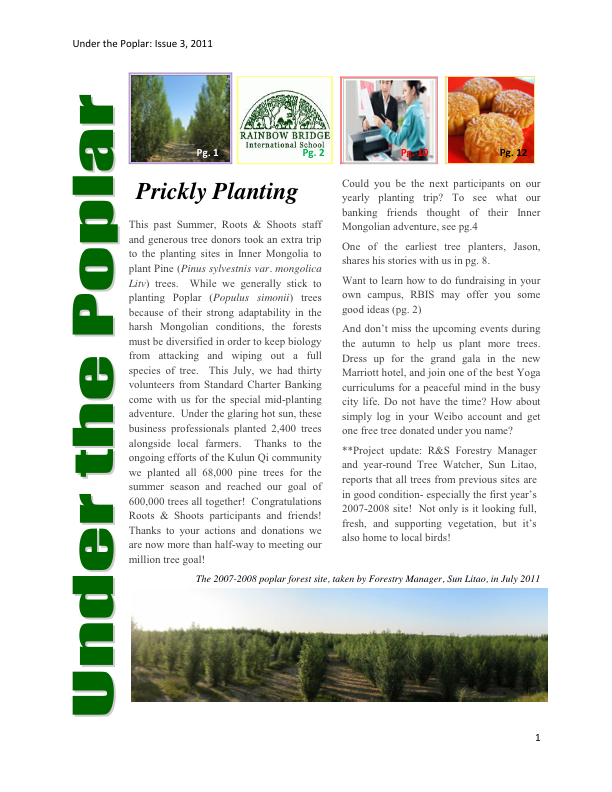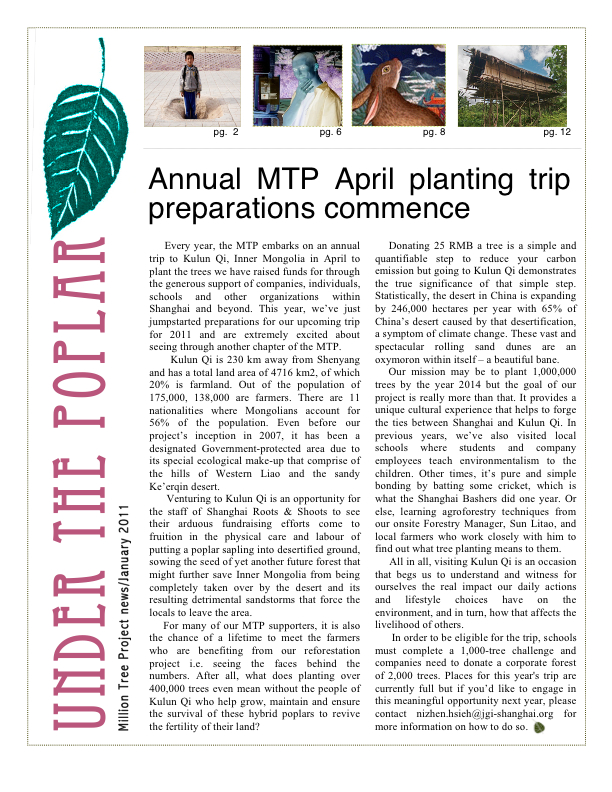The Million Tree Project
Jan.12.2018
A MILLION TREES TO A GREENER CHINA
 2007-2008 Poplar site
2007-2008 Poplar site
The Shanghai Roots & Shoots Million Tree Project (MTP), which began in 2007, aims to raise community awareness of the Earth’s precious environment while focusing on steps individuals can take to lessen their negative impact on the natural world. MTP is designed to improve both ecological and humanitarian conditions by planting trees. The project gives individuals and organizations an opportunity to fight climate change by planting oxygen-producing trees. It also encompasses true capacity building as the local population is intimately involved with, and benefits from, every step of planting, maintaining and monitoring the trees.
clips taken from MTP videos were featured in the Rio Olympics Opening Ceremony video, August 2016
Location and Goals
In 2017, MTP started working in both Inner Mongolia and Ningxia.
Inner Mongolia Program
The combined effects of the climate change and land exploitation (such as overgrazing and over-farming) have degraded the land of Tongliao Municipality, Inner Mongolia, and the now desertified area is expanding at an astonishing rate. Sandstorms strike Inner Mongolia and its surrounding areas each spring, destroying local homes and forcing many people to flee their native land. This project will reforest the area in order to revitalize the land and block the sandstorms.
- Types of Trees Planted
We primarily plant hybrid poplars (Populus simonii), which are particularly effective at sequestering carbon and do not require large amounts of water. Local forestry experts, in combination with experts from Oregon State University, have deemed this species suitable for the local soil and climate. In 2009 we also planted several plots of yellowhorn trees (Xanthoceras sorbifolia). Yellowhorn seeds contain twice the amount of oil as soybeans, and can be used for both cooking and industrial purposes. This species has a long history of successful growth in the region and will yield both economic and ecological benefits. In 2011 we began planting pine trees (Pinus sylvestnis var. mongolica Litv.) which have proven suitable for fighting desertification in nearby areas. In 2012, poplars and pines were inter-planted to increase biodiversity and reduce the risk of large scale pest disaster.
from left to right: yellow horns/pines/
poplars (investigation by forestry specialists)/tree height measuring (by local students)
- Local Involvement
Local farmers and tree planters help plant, monitor, and maintain the trees growing on their land. The farmers are licensed to harvest the trees that have reached maturity, but only on the condition that they replant on the same plot. During the trees’ infancy, local farmers are encouraged to interplant crops such as beans, millet, watermelons etc., for extra income, benefiting biodiversity and providing nutrition for the trees at the same time.
Shanghai Roots & Shoots also works with the local government to engage local students, encouraging them to get involved by measuring the growth of the trees, assessing ecological conditions, and creating a database for long-term project development.
Ningxia Program
The Ningxia program is located in Baijitan Reserve, Lingwu, Ningxia Hui Autonomous Region, at the southwest margin of Maowusu desert, where the natural ecosystem and species like mongolian ammopiptanthus are in need of conservation and restoration. The annual rainfall is approximately 200mm, while the evaporation capacity is 2862.2mm with vegetation coverage at less than 10%. Desertification is caused by a complex set of environmental and anthropogenic factors that have been at work over long periods of time and are now threatening critical infrastructure and farmland in the Yellow River corridor. MTP’s effort would help stop the Maowusu desert from expanding, while improving the ecosystem and lessening the economic impact of desertification to Yellow River corridor region.
- Local Involvement
Cooperating with Baijitan tree farm, which has great experience in desertification control projects, we have adopted an integrative method of controlling sand movement by planting a mix of shrubs and constructing massive straw grids that complement the local conditions. The massive straw grid is able to reduce the sand lost by increasing the terrain’s roughness while also slowing down evaporation and improving the soil moisture to ensure the survival of the shrubs and grass planted. Compared with trees, shrubs form a more dynamic soil protection system due to their many branches above the ground and extended roots beneath. This provides a solid foundation for soil development and restoration of vegetation diversity. Calligonum, Caragana and Hedysarum Scoparium were selected as the main species because of their suitability to the local environment. Our goal is to gradually immobilize the moving sand dunes and rehabilitate the ecosystem through restoration of native vegetation. The demand for straw is met by local communities nearby, which generates extra income for the local population. The locals also benefit from working on grid establishment, seed collection, and planting activities.
In cooperation with local partners, MTP started a pilot project in the spring of 2015, and has been monitoring the project’s progress ever since. One and a half years after planting, the indigenous grasses and shrubs have already started to revive the local ecosystem. In 2017, MTP has dedicated even more efforts and resources to working on our project in Ningxia, joining forces with the locals to fight desertification.
Technical Expertise
Shanghai Roots & Shoots cooperates with the Department of Forest Science’s Nursery Technology Cooperative at Oregon State University. Our full-time forestry managers, with their academic background in forestry and agriculture, ensure continued success by working on-site to evaluate the technical aspects of how the plants are growing, including: soil evaluation, viability of the saplings, watering regimens, intercropping practices, and local community support. Regular observation and annual investigations are conducted by forestry managers to provide data for reliable forest reports in the long term.
Get Involved
Inner Mongolia Program
- Every year, Shanghai Roots & Shoots staff, volunteers, and sponsors who support forests travel to Inner Mongolia to plant trees with local farmers. The trips are scheduled in April to coincide with the best poplar planting season and last 4 days and 3 nights. Activities include tree planting, pruning and visiting the desert. Participants must be 16 or older, and are responsible for trip expenses. If you would like to know how to get involved in the tree planting trips, please contact us for more information.
Ningxia Program
- 5,000 shrubs, covering about 16,666 m2, can help fight desertification and ecosystem reconstruction, and benefits the locals as well as offsetting the CO2 emitted from work and life. This sends participants a strong message that we are trying to reduce environmental impact. If you would like to know how shrubs contribute to our desertified lands, or if you would like to know more about how to get involved, please contact us.
Contact us to get involved:
Project Webpage:













